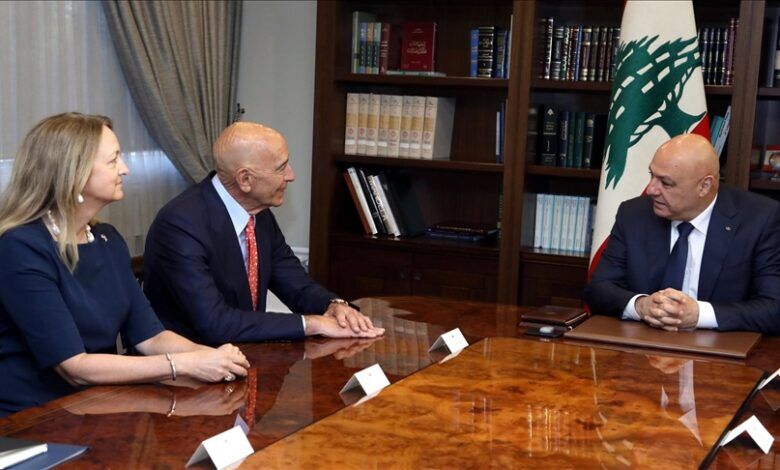Americans’ dream for Lebanon: Secret of Egyptian intelligence chief’s Beirut trip?
The Lebanese newspaper “Al-Jumhuriya” by “Jonny Munir” examined the issue of tension between Lebanon and the Zionist regime and the trips of American officials to pressure the Lebanese government to accept direct negotiations with Tel Aviv and disarm Hezbollah in an analytical report, and wrote: In a few days, the new American ambassador, “Michelle Issa”, will arrive in Beirut. He has been referred to as the “ambassador extraordinary” and will be responsible for negotiations between Lebanon and Israel. This indicates a level of competition between American officials over who will manage the case between Lebanon and Israel. However, there are also signs of working cooperation between “Morgan Ortagus”, the American envoy and member of the Lebanese ceasefire monitoring mechanism, and Michel Issa.
Ortagus recently arrived in Beirut with a two-pronged agenda. Before he arrived in Beirut, the Americans and Israelis provided him with a platform and implicitly threatened Lebanon with a renewed cycle of violence. The first and more important axis was related to the negotiations between Lebanon and Israel, and the second axis was related to Hezbollah’s weapons.
On the first axis, it was revealed that Ortagus had proposed direct talks between Lebanon and Israel, but Lebanon had rejected them. Lebanon had also welcomed indirect talks within the framework of the Mechanism team (the five-member committee overseeing the implementation of the Lebanese ceasefire); on the condition that the members of the negotiating teams were not only military figures but also civilians.
Ortagus left Beirut after talks with Lebanese officials, and this principle seemed to have been accepted by Lebanon. Despite the justifications offered, the prevailing impression is that these indirect talks, even if they were to take place after some time, would inevitably turn into direct talks.
The proposed indirect talks would be a version of the previous talks to determine the maritime borders between Lebanon and occupied Palestine, which were held in the same building, although contacts between the two sides were conducted through the American delegation.

